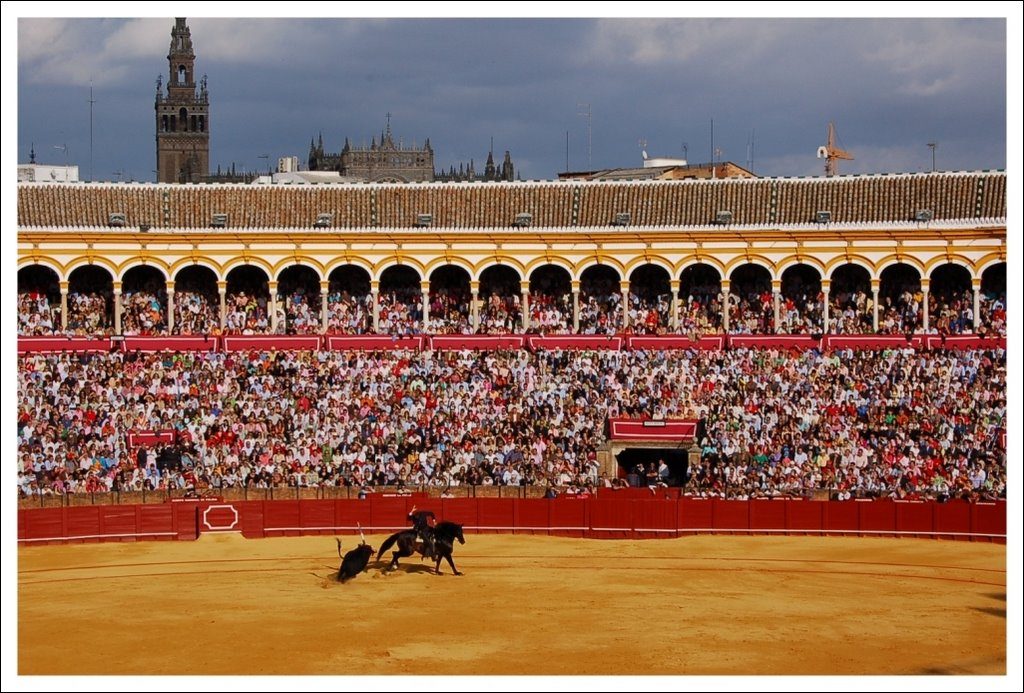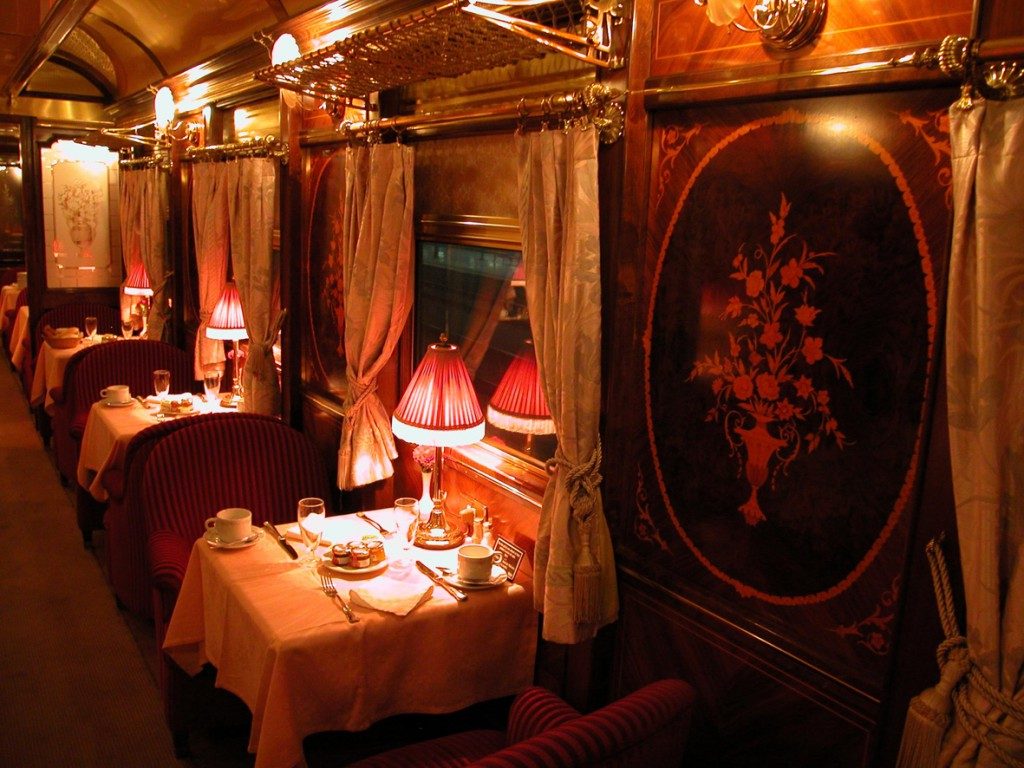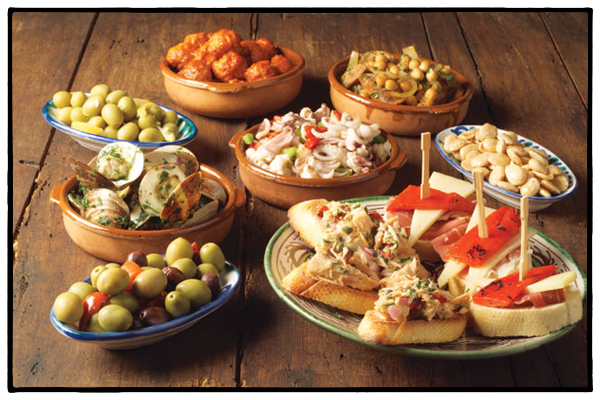The scent of freshly mowed grass is in the air mixed with a whiff of ‘I need a holiday’ and an overpowering tinge of ‘It’s time to get out of here’. You know exactly what we mean. So, instead of gawking at your screen, pick up the phone, call a couple of pals and pack your bags – We’ve got the perfect travel destination for you this April.
The country of La Tomatina and matadors: Spain
Home to FC Barcelona, Real Madrid, bullfights and Sangria [*wink*], Spain is one of the most popular travel destinations all year round. With Mediterranean cruises that cater to the uber rich to smaller, nicer, lesser-known corners, Spain has something for everyone. We’ve got a whole new experience for you in this gorgeous country so you can really get to know it – and not in the ‘Hit all the sight-seeing spots’ kind of way.
They say the best way to really know and fall in love with a country is to walk through it. Here, that means backpacking! The weather in April this year will be a perfect mix for an outdoor adventure – a lot of sunshine, cool winds with a slight bit of rain to keep things interesting [with highs of 22 and lows of 11].
What’s happening in April?

April begins with the Semana Santa (Holy Week: 29 March to 06 April) , the week before Easter, an event celebrating the Passion of the Christ. There are almost daily processions in every city with hundreds of pointy-hooded penitents holding candles and torches and singing hymns – a sight to behold. Make sure you ask the locals about shops/restaurant closures as many close for the Easter weekend.
The Feria de Abril de Seville is a merry postscript to the Semana Santa celebrations. These generally happen two weeks after, with celebrations beginning at midnight on Monday and going on till the following Sunday. The fiesta begins at midday, as a parade of carriages and riders, carry Seville’s leading citizens, makes its way to the bullring, La Real Maestranza, where the bullfighters and breeders meet. The city comes alive with the sight of thousands of local girls wearing colourful and stunning Flamenco dresses.
Getting around
Since the best way to travel is by interacting with locals and getting to know the nooks and corners of the country in an intimate way, we only rely on buses and trains to get from major city to city. Here’s a rough idea of the main travel involved in this trip to help you make a rough estimate of the costs. Ideally, we’d suggest planning a three week trip, spending about 2-3 nights at each new city.
- Fly to Barcelona (3 nights):
Catch the Holy Week parades in Barcelona with traditional processions around the cathedral with people holding palms. The week is just as fascinating for non-Christians. The sun is beginning to return to the city and chocolate and cake shop windows are filled with every imaginable [and unimaginable] sculpture made out of chocolate.
- Barcelona – Valencia [€50- Rail Europe] (2 nights):
Check out Mercado Central [Central Market]; beat Monty Python’s quest and see the Holy Grail in person at the Chapel of the Holy Grail.
- Valencia – Cazorla [€40 ALSA bus] (3 nights):
Spend an extra day or two strolling through the breathtakingly beautiful scenery of the National Parks. Set on the western slope of the Sierra de Cazorla at an elevation of 836 metres, Cazorla is one of the less popular tourist destinations in Spain. But it is one of the most beautiful places in the country, famous for being the entry point and base for visits to the Natural Park of Sierras de Cazorla, Segura y Las Villas Natural Park, a vast protected area of magnificent river gorges and forests. Spain’s second longest river, the Guadalquivir, has its source in the mountains to the south of the settlement.
- Cazorla – Granada [€30 Taxi] (1-2 nights):
Visit the renowned Palace-Fortress complex of the last Muslim Kingdom in Iberia, The Alhambra and the history museum next door.
- Granada – Almunecar [€20 Taxi] (1 night)
A city with castles and lot of Roman history. Walk around town, talk to locals for interesting and never-heard-before stories [They’ll point you in the right direction to sights that aren’t largely known].
- Almunecar – Malaga [€10 ALSA bus] (1-2 nights)
Spend the morning at the Picasso Museum, eat at El TIntero, go for a hike in the mountains, and end the day with a drink on the terrace of the Parador hotel.
- Malaga – Ronda [€15 Renfe trains] (1-2 nights)
Lots of history and culture in Ronda. Go to a vineyard, visit the Reservatauro Ronda and hike to the Old City.
- Ronda – Seville [€25 Renfe trains] (2 nights)
As part of the Feria de Abril [mentioned above], several bullfights take place during the week-long celebrations. Tickets are usually only available close to the date of the event.
- Seville – Madrid [€35 Renfe Ave] (2 nights)
Treasure hunting at El Rastro on Sunday. Walk through the city, pop into art galleries and museums [no shortage of those] and if you’re lucky enough, visit the home of Real Madrid.
- Fly back from Madrid
Travel expense in Spain: €225
A Spiritual Journey
For those of you looking to go on a spiritual journey, the Camino de Santiago or the St. James’ Way would make for a lovely, easily affordable journey. Cheap, safe accommodation is easily available along the route.
Note: Those of you who want to make use of the cheap/free accommodation along the way will need to get a “Credencial” from your local church, which is a sort of passport to get access to the [nearly] free places to stay.
Eat
Indulge in street food: Inexpensive tapas and sandwich meals come between €3-8. Including wine, the price goes up to €10-15 per meal. A good restaurant meal will set you back around €15-20. Paella, drinks, or appetizers, will cost around €25 for a meal. Spain has a lot of expensive restaurants, and meals there begin around €30 with a drink.
Fast food like McDonalds around €7. Fresh vegetables and fruits are relatively cheap, expect to spend about €5-10 a day.
Daily estimated average : €30 – €40
Sleep
Accommodation is one of the biggest expenses when travelling to another country. To limit it to a ‘Student budget’, here are our top three options, in increasing order of cost.
Couchsurfing is growing to be a very popular form of travel/accommodation these days and you can find hosts almost everywhere. If you’re lucky enough to stay with someone who’s got free time on their hands, you can explore Spain with ease of the locals and the foreign fascination of a tourist. Hosts often provide breakfast, but make sure you help them with chores, or at least offer to do so in return for being allowed to stay with them.
Hostels: Not everyone likes staying at a stranger’s house in an even stranger country. Don’t fret dear ones, you can find hostels ranging between €10 – €30.
Hotel rooms come on the more expensive side, starting at about €30 and going up to €80 in the more central city areas of Spain.
Travel and really live the Spanish way. Buena Suerte!






